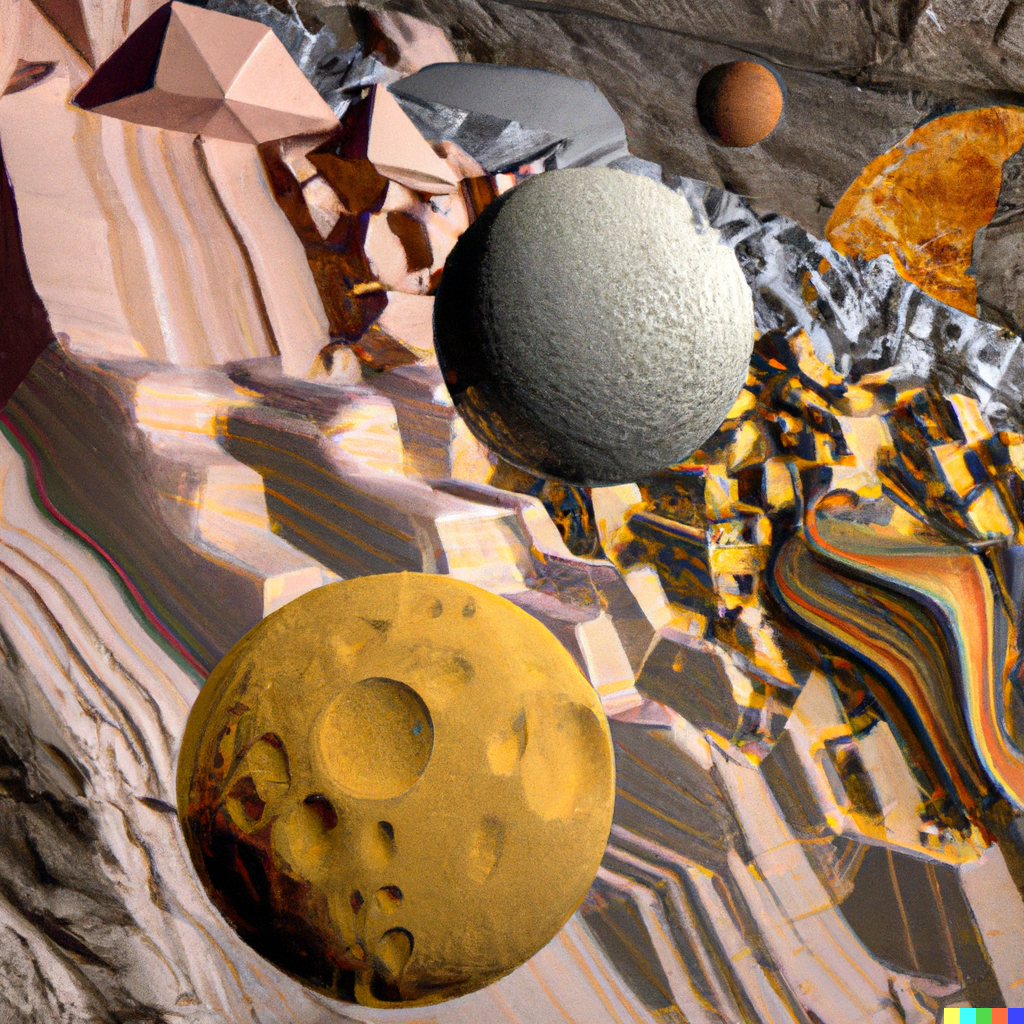One 2-year postdoc position is opening in our research group at the Globe Institute in collaboration with the Prof. Klaus Mosegaard from Computational Geophysics Group at the Niels Bohr Institute, both University of Copenhagen . Application deadline is March 1, 2023.
Recently, core scanning XRF has paved the way for a complete refinement of the geological timescale by tuning cyclic signals in sedimentary archives to astronomically driven Milankovitch insolation cycles (Sørensen et al. 2020). To do this, we use advanced signal analyses to distinguish cyclic signal noisy, “low-quality” data collected in ultra-high resolution (≤ 0.2 mm stratigraphic resolution).
This tool has enable us to reconstruct the time scale at 0.4 My resolution from 501-485 million year old drill cores (Zhao et al. 2022).
To date, we have only used a subset of the data (1 element at the time), but the full data set consist of ~30 elements measured simulataneously at high resolution. The postdoc will work with advanced numerical methods (Bayesian statistics, Inverse Methods, Monte Carlo algorithms, Machine Learning, Deep Learning) to exploit the multi-dimensional data in efforts to refine the time scale (and sedimentation rates) even further.
Why bother? Sedimentation rate is a fundamental parameter that dictates the physical and chemical properties of sediments. The algorithm developed in this project has many application, including climate change – past and present, paleoenvironments, and carbon storage.
You can find the formal requirements and apply for the postdoc position here.
The project is financed by the VILLUM Foundation Synergy Programme in Data Driven Science.

